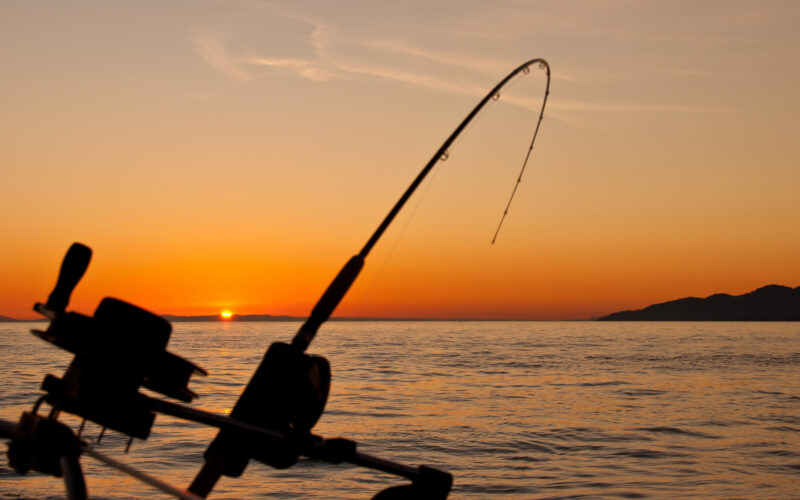Introduction
fiskning, a timeless activity enjoyed across the globe, serves both as a peaceful recreational activity and a vital economic industry. It offers a unique combination of solitude and adventure, making it appealing to people of all ages and backgrounds. This comprehensive guide delves into the various aspects of fiskning, including techniques, equipment, and locations, as well as its broader cultural and economic impacts.
History of fiskning
fiskningis an ancient practice dating back thousands of years. Early civilizations relied on fiskning for sustenance, using simple tools like spears, nets, and primitive fishing hooks. As time progressed, so did fiskning methods, evolving from mere survival to a structured industry.
Types of fiskning
- Freshwater fiskning: Often accessible and widely practiced, freshwater fiskning takes place in rivers and lakes and targets species like bass, trout, and pike.
- Saltwater fiskning: Conducted in oceans, this type of fiskning targets larger species such as tuna, marlin, and cod.
- Fly fiskning: A specialized form of fiskning that uses artificial flies as lures to catch fish in both freshwater and saltwater environments.
fiskning Techniques
From traditional bait fiskning where natural or artificial baits are used to attract fish, to more advanced methods like ice fiskning and deep-sea fishing, each technique requires specific skills and equipment.
Gear and Equipment
The right fiskning gear is crucial. This section covers the essentials, from choosing the right rod and reel to selecting baits and lures suitable for various fiskning conditions.
fiskning Locations Worldwide
Exploring prime fiskning spots across different continents, this section highlights popular destinations in North America, Europe, Asia, Australia, and Africa.
Benefits of fiskning
fiskning is not only enjoyable but also beneficial for health, offering a form of stress relief and physical exercise. Additionally, it has significant psychological benefits and contributes to local and national economies through tourism and trade.
fiskning Regulations
Understanding local and international fishing laws is crucial for sustainable practice. This includes the necessity of fiskning licenses and participating in conservation efforts.
Challenges in fiskning
Issues such as overfishing, pollution, and the impacts of climate change on aquatic ecosystems pose significant challenges to the fiskning industry.
Technology in fiskning
Modern advancements such as sonar and GPS have revolutionized fiskning by enhancing the efficiency and effectiveness of locating and catching fish.
fiskning Culture and Community
fiskning fosters a strong sense of community through tournaments and online platforms where enthusiasts can share tips and stories.
How to Start fiskning
For newcomers, this section provides a step-by-step guide on getting started, including choosing the right gear and identifying the best fiskning spots.
Conservation and Sustainable fiskning
Highlighting the importance of sustainable practices, this section discusses how anglers can contribute to aquatic ecosystem conservation.
Personal Stories and Experiences
Featuring anecdotes from seasoned anglers, this section illustrates the joys and challenges of fiskning.
Expert Insights
Professional fishermen share their thoughts on the future of fiskning and offer advice for both novices and experienced anglers.
Conclusion
This guide underscores the multifaceted nature of fiskning, encouraging readers to explore this rewarding activity further, whether for relaxation, sport, or professional pursuit.

